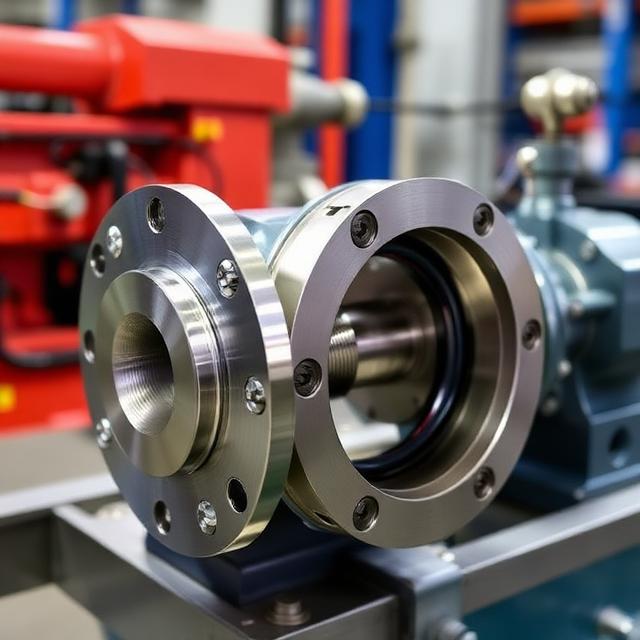Couplings are critical mechanical devices that connect two shafts together, enabling the transfer of torque and rotational motion from one component to another. They are widely used in industries ranging from manufacturing and automotive to power generation and heavy machinery. The primary function of couplings is to ensure smooth operation, reduce wear and tear, and protect equipment from misalignment, vibrations, and overloads.
Couplings come in various types, each designed to meet specific operational requirements. Rigid couplings are ideal for applications where precise shaft alignment is necessary, offering a solid connection between shafts. On the other hand, flexible couplings allow for slight misalignment and can absorb shocks and vibrations, protecting connected machinery from sudden stresses. Gear couplings, designed for high-torque applications, are commonly used in heavy machinery and industrial equipment where reliability under high load is essential.
The importance of selecting the right coupling cannot be overstated. Using an inappropriate type can lead to premature equipment failure, costly downtime, and increased maintenance expenses. Modern couplings are engineered using durable materials such as steel, alloy, and advanced polymers, ensuring longevity even under extreme conditions. They are designed to withstand high-speed operations, variable loads, and harsh industrial environments, making them an indispensable part of modern machinery.
Beyond their mechanical role, couplings contribute significantly to operational safety. By absorbing shocks and compensating for misalignments, they prevent sudden failures that could damage equipment or pose safety hazards to personnel. Routine maintenance and timely inspection of couplings are essential to ensure optimal performance. Lubrication, alignment checks, and replacement of worn components can extend their lifespan and maintain efficient power transmission.
Couplings also play a crucial role in improving overall system efficiency. By reducing vibration and stress on connected components, they enhance machine performance, lower energy consumption, and minimize downtime. This not only saves costs but also contributes to the sustainability of industrial operations. Whether in conveyor systems, pumps, compressors, or automotive drivetrains, couplings ensure seamless operation and long-term reliability.
In summary, couplings are much more than simple connectors between shafts. They are vital components that protect machinery, enhance efficiency, and ensure safe and smooth operation across various industries. Understanding the types of couplings and choosing the right one for each application is key to maximizing equipment performance and longevity. Regular maintenance, proper installation, and awareness of operational limits make couplings a cornerstone of industrial reliability and efficiency.





Comments